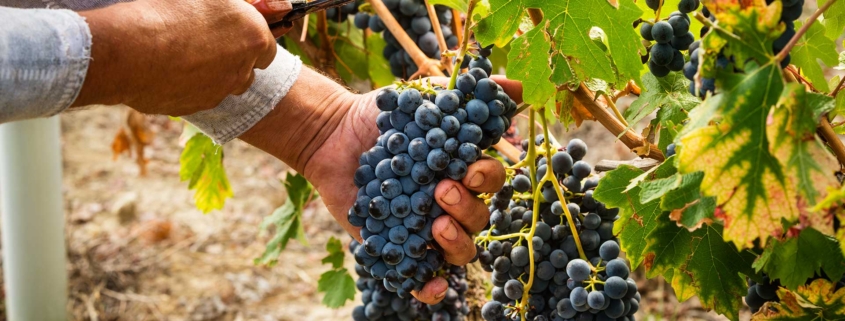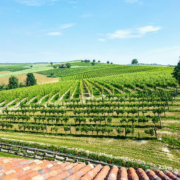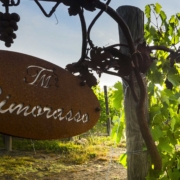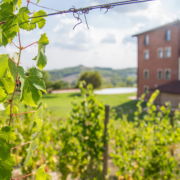The 2025 Harvest at Tenuta Montemagno
Excellent balance between freshness, acidity, and structure across all labels.
Article written in collaboration with oenologist Roberto Nantiat, together with Gianfranco Cordero of Tenuta Montemagno.
As every year, weather conditions are the most important and influential factors for those who work in agriculture and, more specifically, in vineyards.
2023 was a year of high temperatures and severe drought. In contrast, 2024 brought conditions completely opposite to the previous year.
And what about 2025? How was the harvest at Tenuta Montemagno?
Once again this year, we interviewed oenologist Roberto Nantiat, who, along with Gianfranco Cordero, oversees the work at Tenuta Montemagno. He updated us on this year’s climate and harvest.
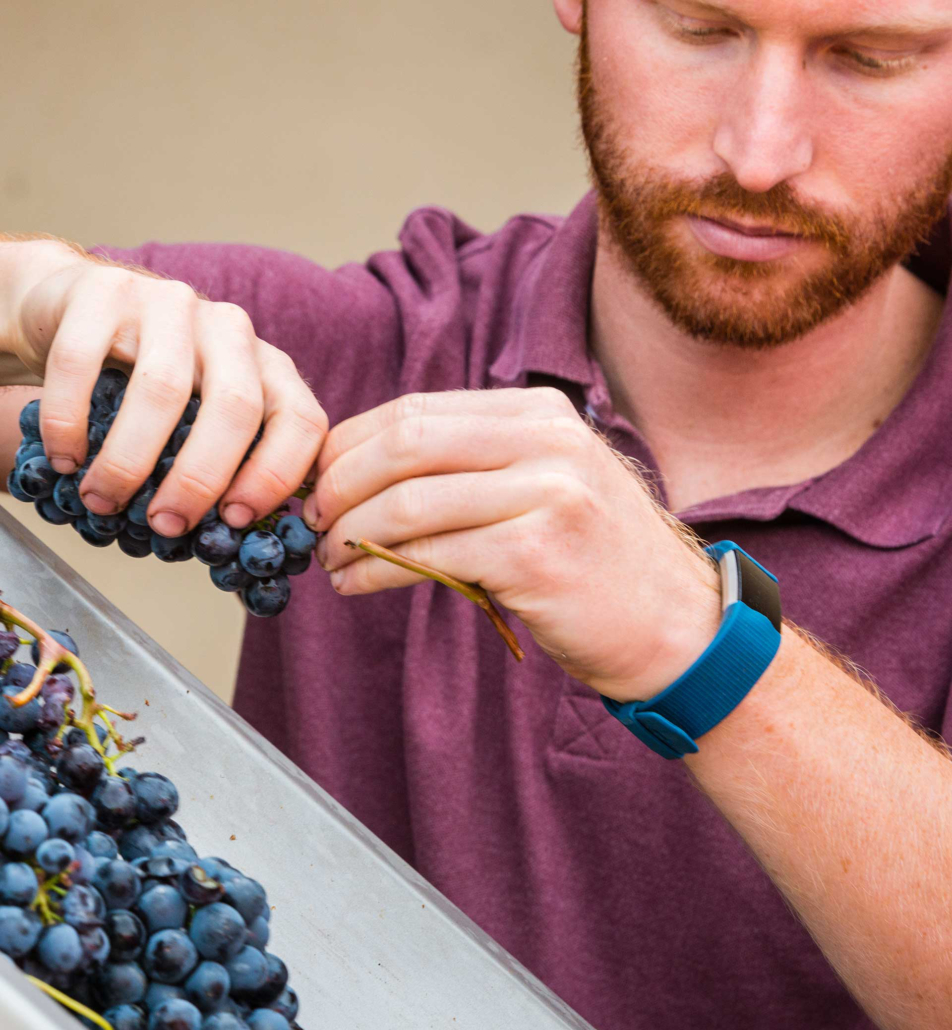
2025 has been a year of recovery because, at least until around mid-August, the climate was normal and well-balanced.
Spring rainfall was slightly abundant but manageable, and thanks to good seasonal temperatures, it favored steady plant growth.
By mid-August, however, we saw a sudden spike in temperatures lasting a couple of weeks, with peaks of 36–37°C. During this period, the heat remained high even at night. Thus, from what had been a calm and rainy year, in just about fifteen days we transitioned into a very hot one.
This had a direct impact on the grapes, which ripened very quickly and earlier than expected. As a result, the harvest began ahead of schedule, also thanks to the excellent sugar levels reached sooner than usual.
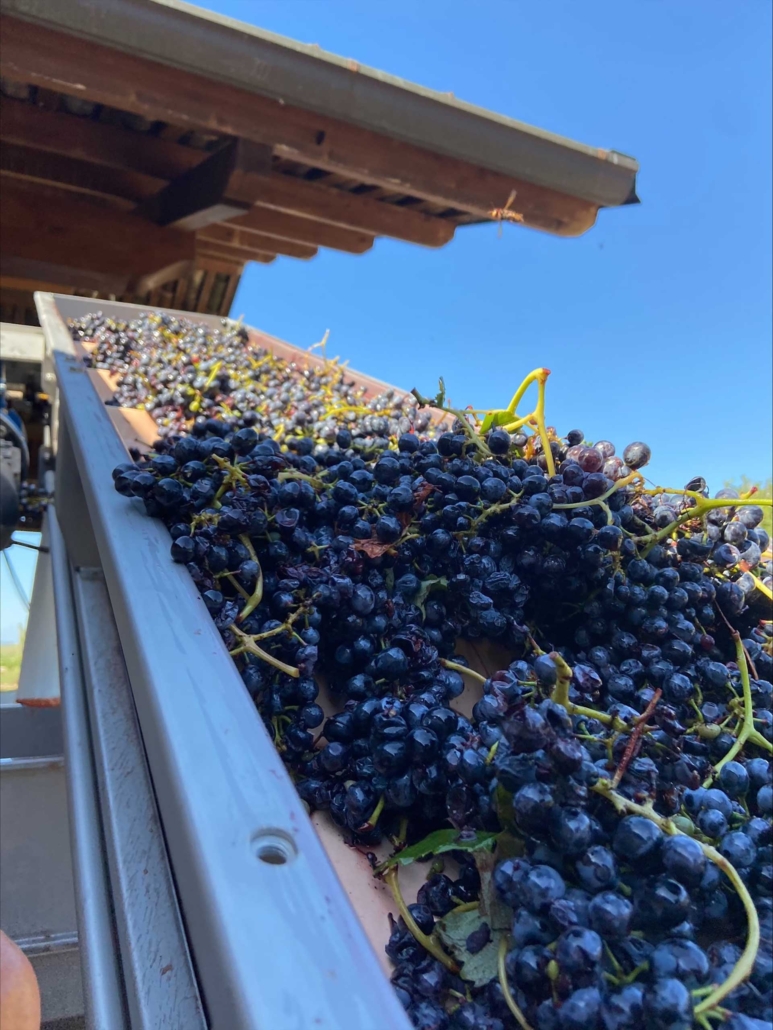
On August 19, we began picking Sauvignon (Nymphae and Musae), about two weeks earlier than the usual start date of August 25. By the time we harvested, these grapes already had high sugar content compared to past vintages, which typically began later in the month.
After the mid-August heat, we experienced several weeks of rain toward the end of the month, while the harvest was already underway. This sudden shift lowered temperatures and required a revision of the harvest schedule. We carried out additional sampling to monitor ripening in the vineyards and identify the best dates for each variety.
As a result, we continued with early harvests between late August and the first week of September for Ruchè (Invictus and Nobilis), Timorasso (Solis Vis), and Barbera (Austerum and Mysterium).
In early September, we harvested Syrah (Violae) and Grignolino (Ruber). Today, September 17, we are close to completing the harvest, significantly earlier than in previous years (which typically ended between late September and October 10).
How did this climatic trend, with an earlier (and faster) harvest, reflect on the quality of the wines?
The first tastings show very promising wines, with beautiful freshness (meaning bright acidity), the right alcohol levels, and balance compared to typical high-alcohol wines of hotter vintages. We will therefore have wines that are very well-balanced in terms of freshness, acidity, structure, and alcohol content.
By late November, we expect to begin preparing Malvasia for bottling Dulcem with its flat cork closure.
This year, Piedmont experienced significant rainfall and even hailstorms. What about Tenuta Montemagno’s vineyards?
All major storm systems bypassed our area, sparing us the intense rainfall seen elsewhere in the region.
We did experience a few heavy showers, sometimes accompanied by strong winds, but these had no negative impact on the vineyards.
The soil, which was very dry, absorbed the abundant water perfectly. No hail was recorded, and the grapes remained healthy.
Every year brings specific climatic conditions, requiring readiness and swift action.
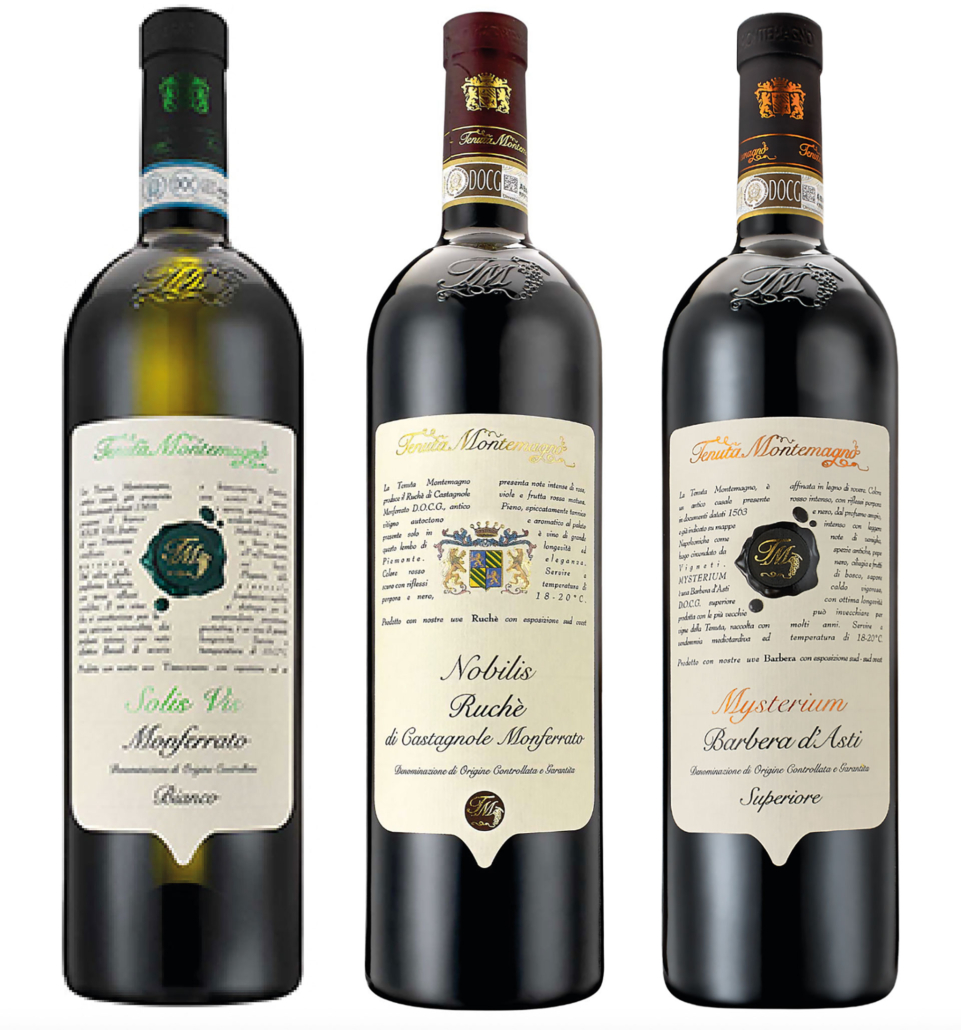
These challenges are part of the experience and professionalism of the people working at Tenuta Montemagno. Thanks to this expertise, our winery can consistently ensure the highest quality production, pleasing even the most demanding wine enthusiasts.


